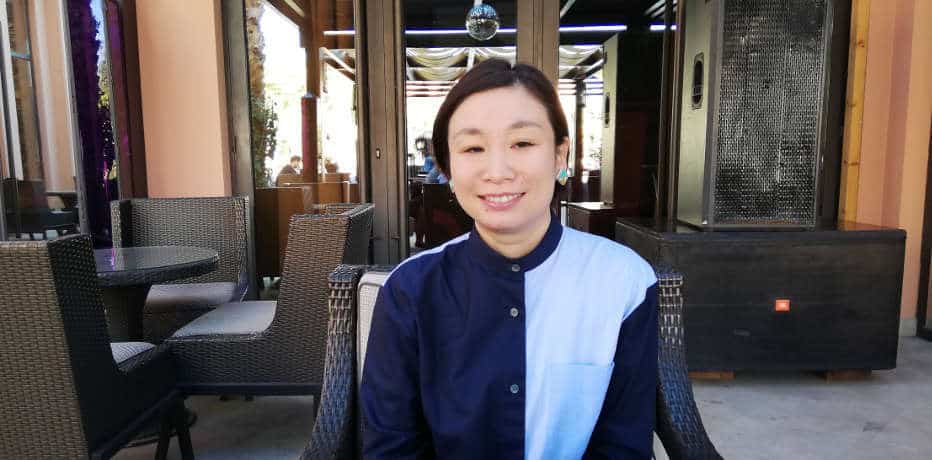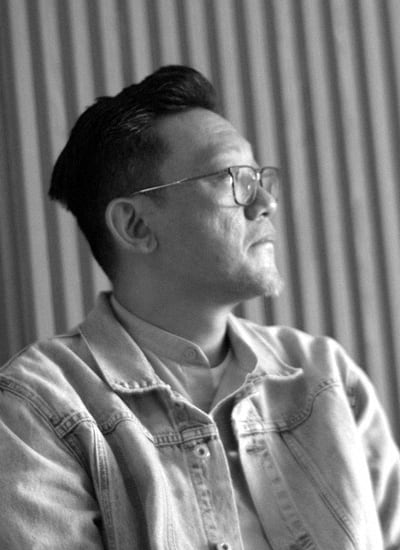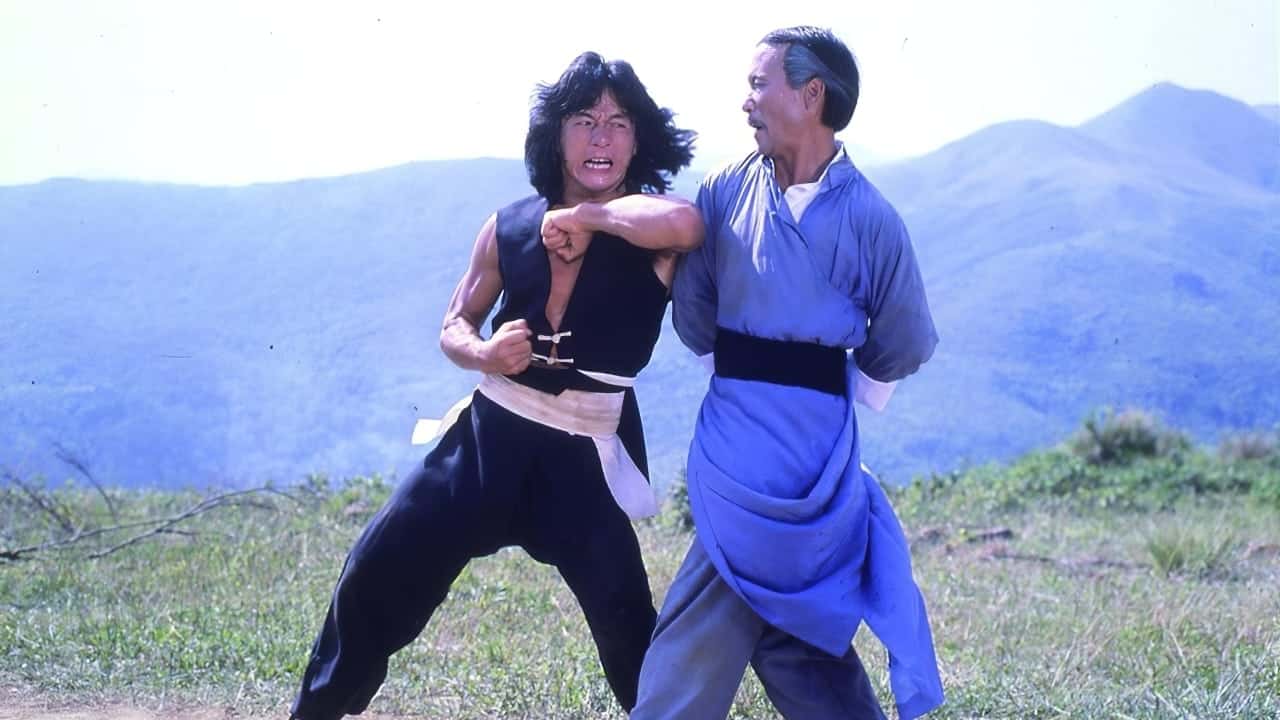Kai Sayaka attended Joshibi University of Art and Design and worked as an art creator before she started working as assistant at independent films. She directed several short films that where screened at national and international film festivals. “Ondine's Curse”, which was awarded at Skip City International D-Cinema Festival, was shown, and was met with acclaim at a screening at Paris's Maison de la Culture du Japon, leading to “Red Snow“, her feature debut.
We speak with her about her inspiration for the film, the impressive visuals, the concept of memory, the atmosphere, and other topics.
What was the inspiration behind “Red Snow”?
I wanted to draw humans and to focus on memory. I started by exploring my own memories and some unforgettable realities, I unraveled each and every one of the shocking events where my memories, especially of my relatives, were lost. And I thought that memory is really ambiguous, and that the person who relies on it is also ambiguous.
The overall atmosphere of the film seems to share many similarities with Kiyoshi Kurosawa's older films like “Cure”. Is he one of your main inspirations?
I wasn't conscious of that while making “Red Snow”, but Kiyoshi Kurosawa is a wonderful director. In that sense, he is one of my inspirations.
Why did you choose such a remote area to shoot the film?
There was much snow in the particular area, and I thought that Sayuri and Kazuki, as characters, would fit in a forgotten shutter town. I also envisioned a place where they would resume their lives, an isolated area like an island.

Snow and the color red seem to be among the main ingredients of the film's visuals. Can you elaborate on this?
During the shooting, we had the image of snow falling without stopping. You can add misty memories and imaginary landscapes to the snow itself. Red is a symbol of the trauma that permeated the blank memory of Kazuki. The site of the apartment where his brother disappeared was also covered with red rust. This stain spread slowly.
The cinematography of the film is excellent. Can you give use some details about your approach on the visuals of the film?
Thank you very much. I spent much time on color planning. In the past, I didn't want to make it easy for the audience to understand the timeline by using colors like sepia. I wanted to shoot memories, not scenes in the past. Also, I wanted to express the frustration that I could not even touch the texture of my memory. I was inspired by the painting of Andrew Wyeth's “Christina's World” to make the red snow. I handed the image of the picture to Isamu Fujii, Aguru Miyanaga who where in charge of the lighting, and Futa Takagi, the DOP. They went to the actual snowy mountain and repeated the verification to get the original color.

The last scene in the film in the boat is extremely beautiful. Can you give us some details about it?
As the snow continued to fall, I thought I could draw an imaginary sensation of returning to the memory of the case that Kazuki repeatedly watched, while the two were flowing away. I don't know if the time is going back or advancing. In order to make such a one-shot, I and the crew drew the ship, exploring the delicate spans and lengths of the drawings and fixing them, assuming completion on the spot, and arranged them.

The main theme of the film is memory. What are your thoughts on this subject? Can you tell us how Sayuri and Kazuki are connected through memory? Why Kazuki cannot remember about what happened that night?
People may lose their memories during an intense experience of suffering. It is said that sometimes the real offense is lost by assuming that the criminal has not done anything. Like Sayuri and Kazuki, a kind of hypnosis can be awakened by a keyword that you have forgotten in the past, or it can cause your current memory to go blank. If the thing that connects humans from the past to the future is “memory,” that memory is indeed ambiguous, and I think that people are also ambiguous.
How was your cooperation with veterans like Masatoshi Nagashe and Koichi Sato? And how was with Nahana? How was the casting process for the film like?
Although Masatoshi Nagase and Koichi Sato have completely different personalities, they have been active at the forefront for many years. These two love shooting interesting Japanese films, so the movie style helped them and our cooperation was smooth. Nahana had to face the “pressure” of the veterans and it was more difficult with her, but I think she really worked hard.
As this is a small independent film, I was told by Asano, the producer, that the casting would be up to the script, and I decided first to take the script to the actors that I thought were the best. I brought it to Nagase at the stage of the first draft. Arata Iura, Yui Natsukawa and Koichi Sato are also veterans who have wonderful personalities, but the main reasons I cast them was because they were the actors I envisioned when writing the script.

What it your opinion of the Japanese industry at the moment?
It took five years, from writing the script of “Red Snow” to publishing it. As a result, there were many people who helped me, and thankfully I managed to keep up until it was released, but I thought that it was quite difficult to shoot an original script in Japan today. Also, the hurdles of subsidizing independent films and newcomers were high and could not be obtained.
Are you working on anything new?
I am working on both a film and a novel. It takes time to prepare a movie, so the novel may take precedence. Since I belong to the Korean agency Neos Entertainment, I hope I can work not only in Japan but also in Asia.















